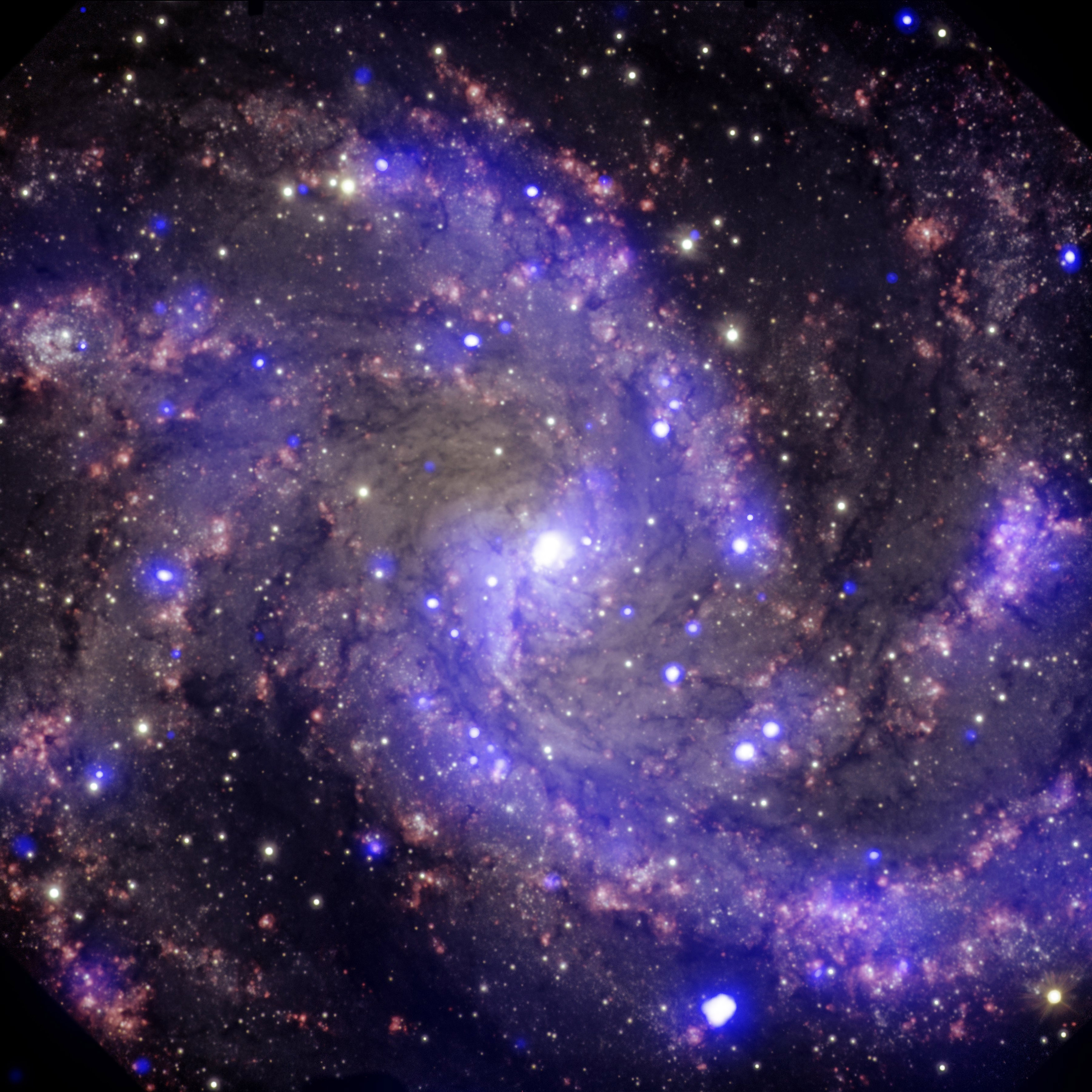
Astronomers have identified the largest cosmic explosion ever observed, a fireball 100 times the size of our Solar System that suddenly began blazing in the distant universe more than three years ago.
While the astronomers offered on Friday what they think is the most likely explanation for the explosion, they emphasised that more research was needed to understand the puzzling phenomenon.
The explosion, known as AT2021lwx, has currently lasted more than three years, compared with most supernovae which are only visibly bright for a few months, according to a study published in Monthly Notices of the Royal Astronomical Society.
Led by the University of Southampton, the astronomers believe the explosion is a result of a vast cloud of gas, possibly thousands of times larger than our sun, that has been violently disrupted by a supermassive black hole.
According to the study, the explosion took place nearly 8 billion light years away, when the universe was about 6 billion years old and is still being detected by a network of telescopes.
Such events are very rare and nothing on this scale has been witnessed before, the researchers say.
Last year, astronomers witnessed the brightest explosion on record – a gamma-ray burst known as GRB 221009A, which was nicknamed BOAT – for Brightest Of All Time.
Although BOAT was brighter than AT2021lwx, it lasted for just a fraction of the time, meaning the overall energy released by the AT2021lwx explosion was far greater.
AT2021lwx has earned the nickname “Scary Barbie” from researchers owing to its “terrifying energy”.
According to Danny Milisavljevic, assistant professor of Physics and Astronomy at Purdue University, AT2021lwx was first assigned a random alphanumeric name when discovered: ZTF20abrbeie. The “Scary Barbie” nickname came from its alphanumeric designation “abrbeie” and “scary” because of its power.
We first thought AT2021lwx aka ZTF20abrbeie aka #ScaryBarbie was a superluminous supernova from a massive star. But no theoretical models came close to explaining the terrifying energy output that continues to this day. A supermassive black hole seems to be the only solution. pic.twitter.com/GldfFWltJc
— Danny Milisavljevic (@astro_dan_mil) April 26, 2023
AT2021lwx was first detected in 2020 by the Zwicky Transient Facility in California and subsequently picked up by the Asteroid Terrestrial-impact Last Alert System (ATLAS) based in Hawaii.
But until now the scale of the explosion had been unknown.
Philip Wiseman, research fellow at the University of Southampton, who led the research, said: “Most supernovae and tidal disruption events only last for a couple of months before fading away. For something to be bright for two plus years was immediately very unusual.”
It was only when astronomers, including Wiseman, looked at it through more powerful telescopes that they realised what they had on their hands. By analysing different wavelengths of light, they worked out that the explosion was roughly 8 billion light years away. That is much farther than most other new flashes of light in the sky, which means the explosion behind it must be far greater.
It is estimated to be about 2 trillion times brighter than the Sun, Wiseman said.
Astronomers have looked into several possible explanations. One is that AT2021lwx is an exploding star – but the flash is 10 times brighter than any previously seen “supernova”.
Another possibility is what is called a tidal disruption event, when a star is torn apart as it is sucked into a supermassive black hole. But AT2021lwx is still three times brighter than those events and Wiseman said their research did not point in this direction.
The only somewhat comparable bright cosmic event is a quasar, which happens when supermassive black holes swallow huge amounts of gas in the centre of galaxies. But they tend to flicker in brightness, Wiseman said, whereas AT2021lwx suddenly started flaring up from nothing three years ago and it is still blazing away.
“This thing we have never, ever seen before – it just came out of nowhere,” Wiseman said.
Now that astronomers know what to look for, they are searching the skies to see if other similar explosions have been missed.







